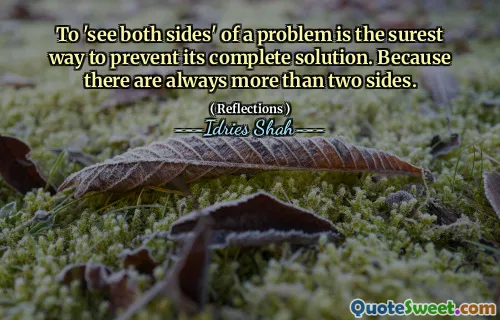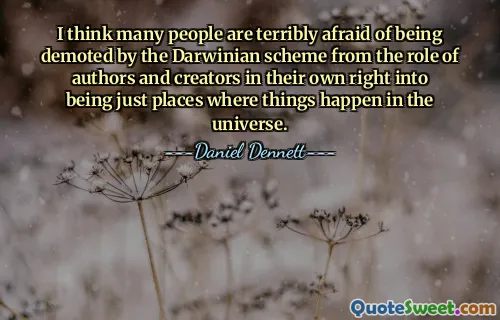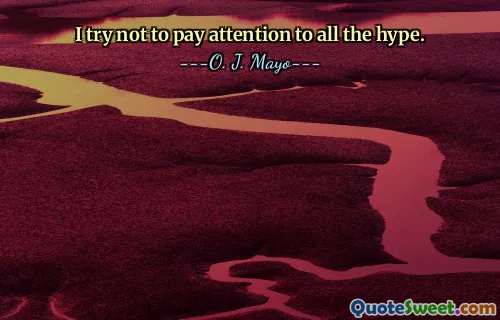
To 'see both sides' of a problem is the surest way to prevent its complete solution. Because there are always more than two sides.
Exploring different perspectives in a problem is undoubtedly valuable for gaining comprehensive understanding. However, there's a subtlety when it comes to fully resolving complex issues. When individuals or groups become fixated on 'seeing both sides,' it can sometimes lead to a form of paralysis, where multiple viewpoints cluster around the issue without ever converging toward a solution. This phenomenon can be understood in the context of social, political, or philosophical debates, where each side believes their perspective is valid and justified, making compromise difficult. The quote underscores the importance of recognizing that real-world problems often involve numerous factors and viewpoints—beyond the simplistic dichotomy of right and wrong. By acknowledging that there are many sides to an issue, one must also accept that resolution requires discernment and prioritization, rather than exhaustive consideration of all angles. Sometimes, the pursuit of balance might inadvertently induce a form of indecisiveness or diluted solutions that are ineffective or superficial. This insight encourages a thoughtful approach: while understanding different perspectives is crucial, effective problem-solving entails clarity of purpose, critical evaluation of which sides are most valid or pressing, and the ability to make decisive actions. In real-world decision-making, embracing complexity should be balanced with strategic focus, avoiding endless debates and fostering constructive resolution. Ultimately, the quote invites us to reflect on the limits of our perspective and the importance of assertiveness and focus in overcoming multifaceted challenges.







